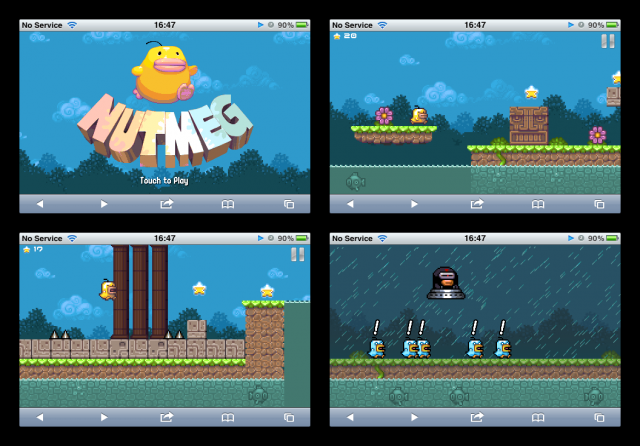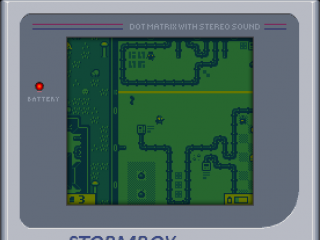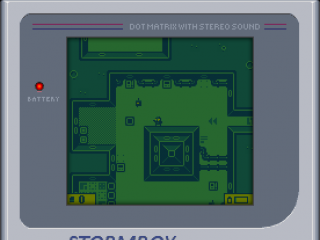Posts Tagged ‘sponsorship’
-
Nutmeg: Our HTML5 Mobile Browser platformer game is looking for sponsors
9th Mar 201215We put the finishing touches to our first HTML5 Mobile Browser game tonight and it’s now ready to find a home with a sponsor.

Called Nutmeg, the game is a single “button” platformer set over 5 challenging levels. An increasing variety of baddies, spikes, traps and tricky jumps to negotiate stand between you and rescuing the 5 kidnapped chicks.
Those of you familiar to this site may recognise the graphics from the Flixel platformer tutorial I wrote. It seemed sensible to give them a new lease of life and they look great on mobile resolutions 🙂 Technically I’m happy with the game. Parallax scrolling, animated sprites, a full detailed intro sequence, particle effects and highscore leaderboards make it closer to the sort of game we’d typically create in Flash. We built it on an iPhone 3GS as our base test unit, but it plays ok on an Android Nexus One. As with anything performance is quite device specific though.
We contacted a range of mobile games portals today, but as there is no single unified place to put games up for sponsorship yet (like Flash Game License does for the Flash world) we figured it wouldn’t hurt to post this blog entry up.
So if you run a mobile games portal and are interested in a site-lock deal for the game, please drop me an email: rdavey@gmail.com with a link to your site and the outline of your offer, and we’ll take it from there!
-
Edge magazine on the world of Flash gaming
24th Oct 2011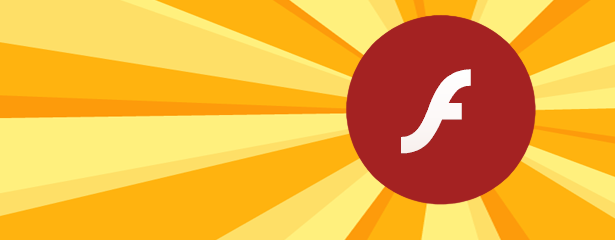
Edge magazine recently ran a series of articles on their website about the state of Flash gaming. They interviewed people like Tom Fulp of Newgrounds, Chris Hughes of Flash Game License, and .. err .. me! It’s a really interesting read covering both the perception of Flash in this post-Apple/Jobs HTML5 tainted world, and where things might be heading. The article is split into 5 parts:
Doing deals with Chris Hughes (about Flash game sponsorship)
Trouble ahead? (the HTML5 influence)
The Future (Stage3D, Unity, etc)
-
Cat Astro Phi is finished and up for bidding on FGL
5th Nov 2010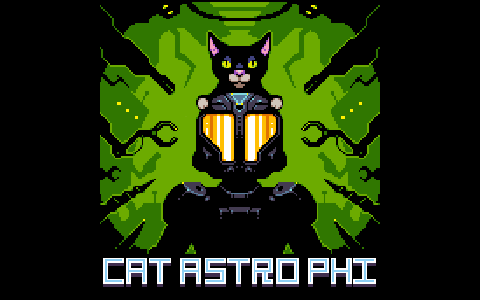
Cat Astro Phi is a game Ilija and I have been working on, and tinkering with, for the past month or so. I always wanted to make a Gameboy Classic game, back in the day, but was too young and never got the chance. This changed when in August my main desktop PC died. While I waited 6 weeks for a replacement all I had access to was a very basic laptop. No Flash IDE, no Photoshop, no SoundBooth. Just really basic software and not much grunt power. So I thought it’d be fun to try and create a game, in the style of a Gameboy Classic, as all I had access to were super-limited apps anyway. So I restricted myself to those limitations – a resolution of 160 x 144, only 4 colours on-screen, 3 channel chip music, 8×8 tile sprites (or similar). It was a fun experience 🙂
Well one thing lead to another, and here we are two months later and Cat Astro Phi is done! Ilija has worked his usual pixel magic on the graphics and music, and together we’ve built a 3-level action adventure game. The blurb goes something like this …
“An unfortunate accident leaves your pet cat stranded. Explore and battle your way through three hostile alien planets. Each with their own puzzles, traps and inhabitants to encounter.
Created in the style of Gameboy Classic games, Cat Astro Phi features stunning pixel artwork and authentic sounds through-out. Three planets, with interactive story sequences between them, leads the player on a journey – as they explore the levels, interact with the environment, solve puzzles, hack lazer walls, explode bombs, avoid sentry guns and blow stuff up! All while searching for their missing pet cat. “
The game is in active bidding here on FlashGameLicense. If you’re a sponsor / portal then join in 🙂 Fellow FGL devs can also play the game there.
The rest of you will have to wait until it’s released into the wild I’m afraid. At which point I’ll do a proper dev write-up. Until then I’ll leave you with a couple of screen shots (click for full size).
Am glad to finally have this done 🙂 It’s been too long since we released anything (6 months), but brand new babies will do that to your productivity!
-
Getting Your Flash Game Sponsored – Book Review
1st Nov 2010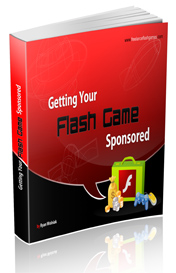 Ryan Wolniak, fellow Flash game dev and owner of the popular freelanceflashgames.com was kind enough to send me a copy of his new book: Getting Your Flash Game Sponsored. This is a self-published title available to buy from his site for $20 in PDF form, or $30 as a paperback.
Ryan Wolniak, fellow Flash game dev and owner of the popular freelanceflashgames.com was kind enough to send me a copy of his new book: Getting Your Flash Game Sponsored. This is a self-published title available to buy from his site for $20 in PDF form, or $30 as a paperback.I felt it only fair that I should give the book a detailed but balanced review. So after reading it all that is what I present here …
The contents of this book start with “What is Sponsorship?” and cover a decent range of subjects from uploading to FGL, making your game “appealing”, dealing with the bidding process through to sale. There are over 160 pages of content, although depending on your experience as a developer some of them could be seen as filler.
It kicks off with the most important aspect of all – the variety of sponsorship offers out there, and the terminology that goes with it. Exclusive, Primary, Site-locked, Performance Bonuses, etc. It does a good job of giving the basics for each type although I did smile at the comment that “site-lock” sales usually are not “that much work” because you just switch out branding and drop in a new API. I’m sure I am not alone when I say that I’ve seen some portal APIs that would make you truly weep! And you should never under-estimate how long some API work can take. It’s not uncommon for the more complex ones to be a good evenings work (3+ hours). On the flip-side I do find that the most complex APIs come from the portals who pay the most.
I like the fact that Ryan mentions the selling of Source Code, although I didn’t agree with the statement that “You lose all rights to your game”. That is entirely specific to the deal you are making. I’ve sold the source code to a couple of my games, and both times they bought the rights to re-brand it for a single-use game and nothing more. It was an easy way to make a decent amount of money, although I know a number of developers who wouldn’t part with their code for all the tea in China.
There are some interesting stats in the Game Details section. Here we are told about the importance of naming our game well. The stats show how many words are optimal in your game title across both Kongregate and Newgrounds. The only issue I had was that the pie chart segments were all in very similar shades of blue making them hard to read. As you can imagine most games have between 1-3 words in their title. This chapter continues to explain the right way to handle thumbnails, game screen shots, your game description and then dives out into an 11 page tangent on video capture and production (should you wish to make your own game trailer). I honestly feel it would have been better to insert good examples of thumb nails, screen shots and really captivating game descriptions instead.
The Upload Process is essentially a guide to using the Flash Game License web site. There’s nothing wrong with this section, and it could be of help to newbies or younger developers. But I can’t help shake the feeling that if you’ve got to the point of being capable of coding your own game, then you’re almost certainly capable of filling out an upload form. Having said that it does help steer you through the jargon minefield you’ll encounter on the way.
The next chapter is on the importance of getting Feedback on your game. Again this is mostly about how to achieve this via FGL and using their First Impressions service. Both things I’d suggest you do. Although First Impressions are very hit and miss, they nearly always carry a core element of truth to them. Once you’ve collected your feedback it makes sense to improve your game based upon it, and there’s a chapter dedicated to doing exactly that. This walks you through improving everything from your main menu, to your instructions process (how you educate the player), to audio, highscores, upgrades and achievements. This is a big section. And for the most part it’s a really good one, especially for new developers.
On page 121 we hit the “Start the Bidding” process. Arguably the most important part of the book. It contains a lot of information direct from the guys who run Flash Game License, by way of lots of quotes about how their process works. This is useful stuff, and gives you a little insight into what’s going on behind the web site itself. There’s a huge section on dealing with emailing sponsors, how to talk to them, negotiation and managing your relationship.
I very much liked the fact that Ryan makes it clear that sponsors are “just people too” as this is bang-on. But I wish he’d expanded this section a bit to include “How to deal with asshole sponsors”. If you are being offered a duff deal, don’t take it. Walk away. If a sponsor is offering you grief via a horrendous API, or taking ages to process a payment, don’t be scared of making this known to them. While I agree that you should remain professional, you should never be made to feel intimidated. I once had a sponsor successfully win the bid on one of my games, only to email me a few days later saying “We’ve realised there is only one level in the game. Can you add some more?” – I was extremely annoyed because it clearly said the game had one level (that was actually the whole point of the game), and more importantly they were requesting something well beyond the price they’d paid for it. So I said “no”. All I can say is don’t let them take the piss – if a sponsor starts asking for changes to your game, or offering creative advice, don’t be scared of reminding them they aren’t the game designer – you are – and they sponsored the game in the state it was shown on FGL, and additional work will be charged for.
There’s a really nice Case Study from Bezerk Studios. Certainly one of the most successful Flash game development team working at the moment, it was really interesting to read about how they are constantly pitting bidders against each other. They demonstrate clearly that even after you’ve done everything this book recommends, and have tweaked your game to perfection, the best deals come down to constant negotiating and haggling, and that in itself is a fine art.
I’m in a mixed mind over the book. Ryan has done a sterling amount of work, collecting together helpful quotes and opinions from developers and sponsors alike. He’s covered all of the core areas of game sponsorship, if a little briefly in some places, and it’s written in a good conversational tone without making too many outlandish claims. However if you’ve already sold a game on FGL then there is probably very little you will read that hasn’t occurred to you already. If you are extremely new to the process, then it covers some solid ground in a decent amount of depth. At the end of the day only you will know if the book is worth your time or not, and there is always the “30 day money back guarantee” on the PDF version, which is a rare and brave thing to offer. I feel there are several sections that could have been added to this book, and some which it wouldn’t hurt from dropping. But as a self-published first attempt I can’t fault the enthusiasm on display here.
Getting Your Flash Game Sponsored is available from http://freelanceflashgames.com/getting-your-flash-game-sponsored/ (and yes I know the layout and copy on this page reads like one of those “Get Rich Quick” schemes – “I learned from their mistakes so you don’t have to!” (ick) but thankfully the copy of the book itself is far more approachable! So don’t let it put you off)
-
My New Game “Bug Box”
7th Aug 2009A week ago while chatting on a forum RobotJam inspired me by something he said: About how everyone should try and create a “one day game” at least once in their developer lives. As in a proper game, that you then go and and try to sell. And he gave some successful examples of his own.
I thought this was a nice idea. So now, a week later, mine is finished 😉
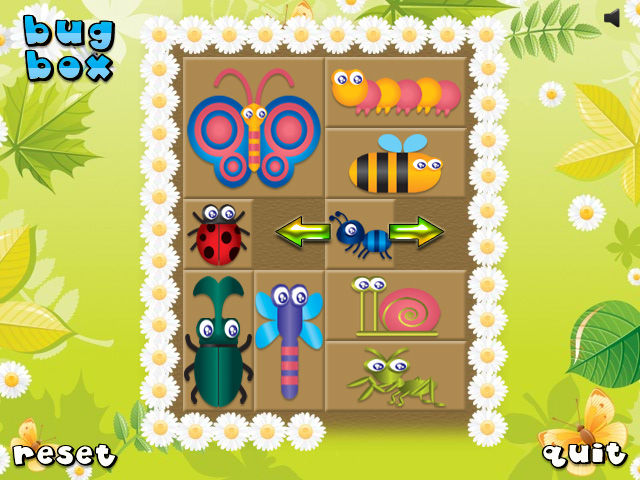
It’s a simple puzzle game: Just get the butterfly out of the box. There are only 3 levels, easy, medium and hard. It is based on an old Japanese game played with wooden blocks called Hakoiri Shogi.
The core game was done in 3 hours, as you’ll see when you play it (it’s hardly cutting edge technology). Having done that I then set about on the graphics, which took me a lot longer. I bought some of the images from iStockPhoto and then built the scene-up the way I wanted it. The music is from SoundRangers.com mixed with some nature effects by myself. Also big thanks to Eric at Cavalcade Games for doing the great “Level Win” animation sequence for me.
Originally I only wanted the one puzzle (“Easy”). That’s all I had in place and I was pleased I had managed to create a nice little logic game so fast. But then I let my wife play it and she completed it instantly, so I figured it needed more! I added in two new puzzles, the leafy reveal sequence, the in-game buttons, etc. I just guess I couldn’t leave it alone, so I polished it until I felt it shined enough.
Having said that it’s still my absolute fastest game build ever: from concept to FGL in 5 days, working evenings only. Yes I am going to put it up for sponsorship, but I’m realistic and really don’t expect much. My hope is that I could make a few little sales that add-up. As long as I cover my $60 media costs I’m happy.
For now you can play the game only on FGL. My FGL “Friends” can see it right away, as can other devs of a certain level. At the time of writing it’s still pending approval for sponsor viewing. Obviously once it has been sold everyone can play it 🙂
Hire Us
All about Photon Storm and our
HTML5 game development services
Recent Posts
OurGames
Filter our Content
- ActionScript3
- Art
- Cool Links
- Demoscene
- Flash Game Dev Tips
- Game Development
- Gaming
- Geek Shopping
- HTML5
- In the Media
- Phaser
- Phaser 3
- Projects
Brain Food

